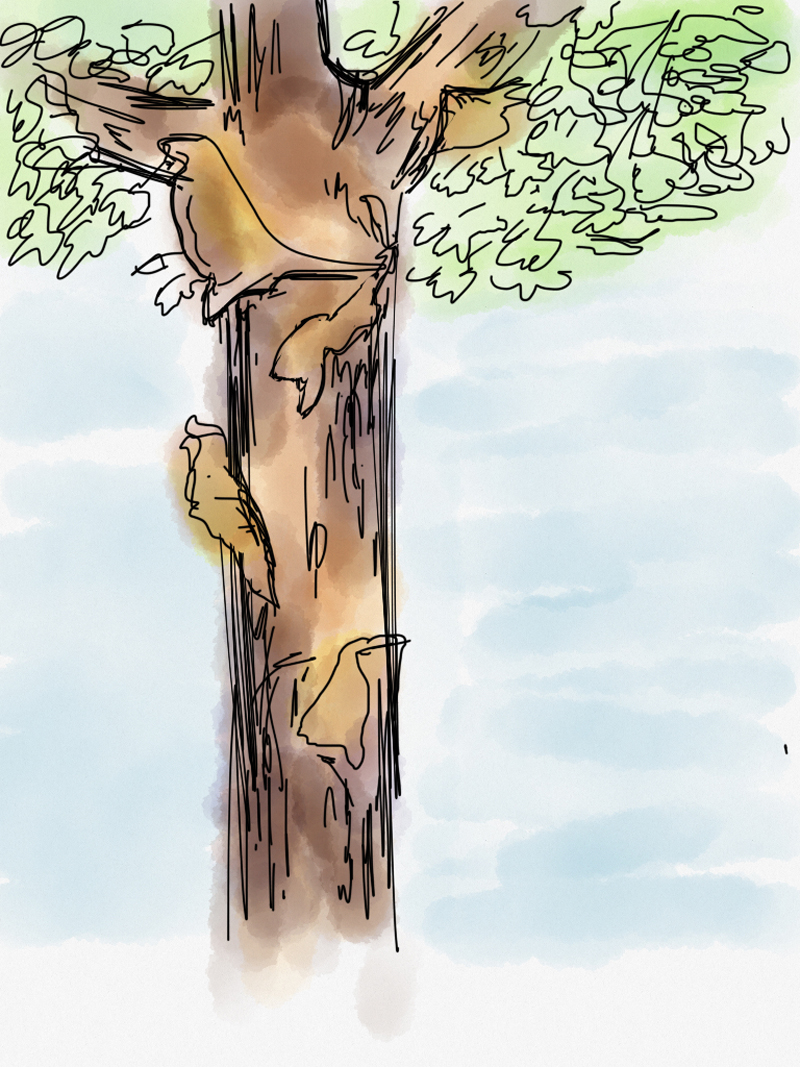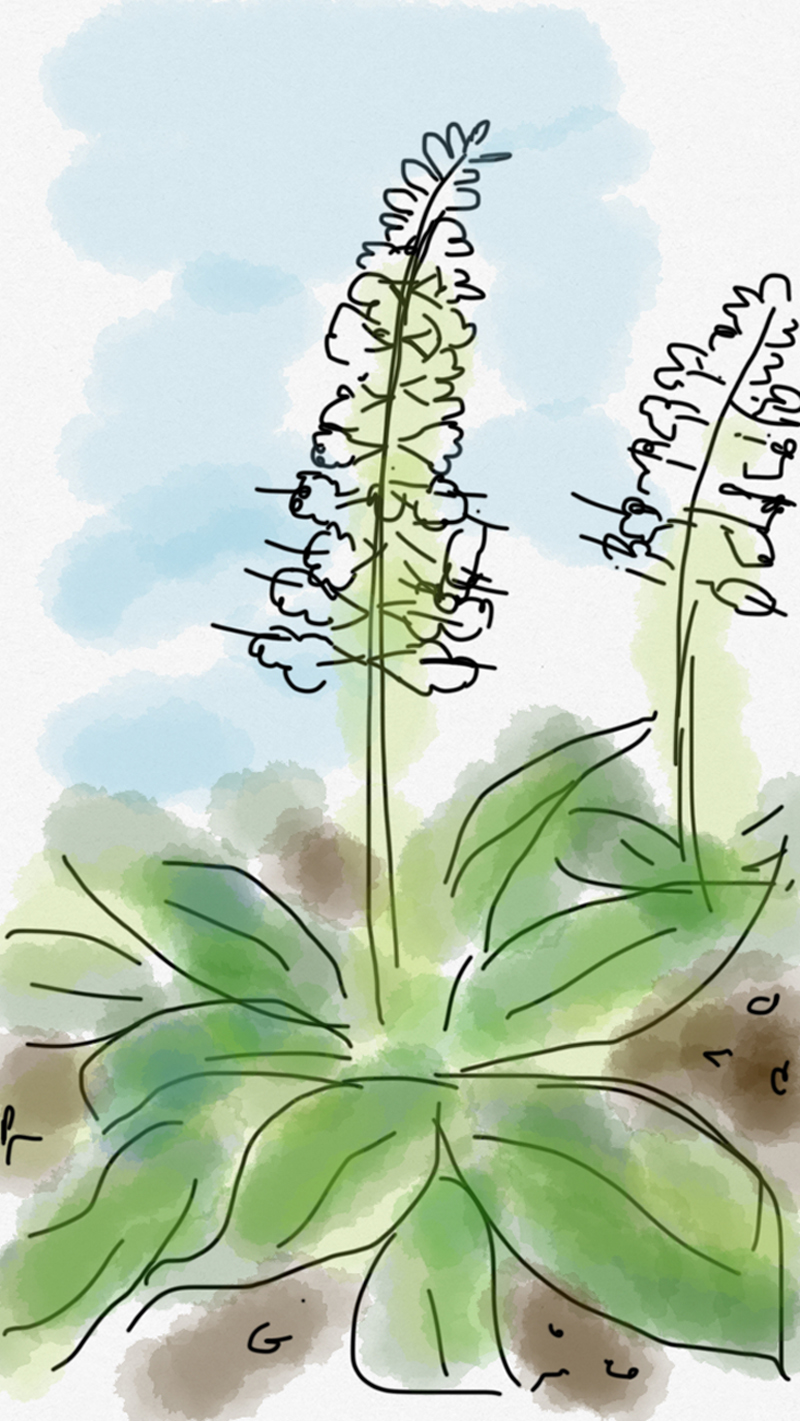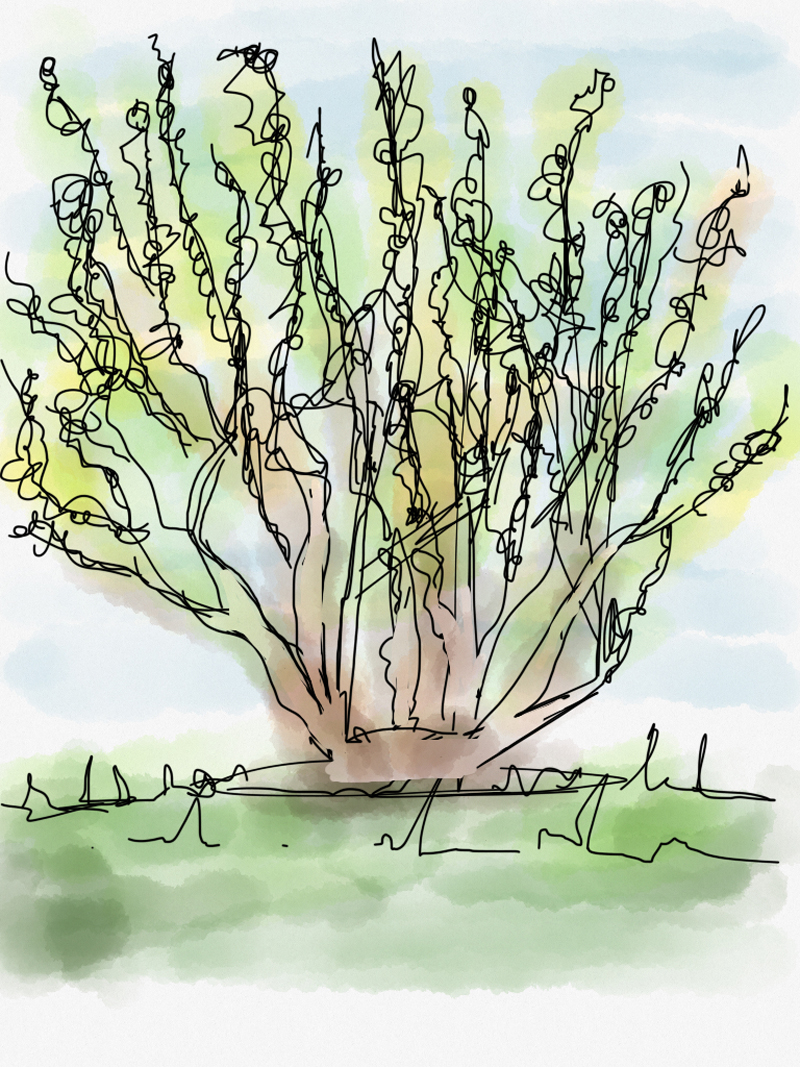Pulling out the potential of our shady areas can be a wonderful opportunity to incorporate plants that thrive in such conditions. One such opportunity that doesn’t always get the attention it deserves is the use of Understory Trees & Shrubs.
We don’t lift our heads high enough, often enough to really enjoy the magnificent overhead canopies of our major shade trees. The filtering foliage that shields us from the heat of the afternoon can be taken for granted because the protection towers so high above our heads.
The Understory Layer is the area of space that bridges the gap between the ground plane and the overhead canopy. At eye level all we observe are trunks of trees and textures of bark. Yet within this vertical zone of space we have the opportunity to fold in an understory layer of trees and shrubs that nestle nicely into place. Adding seasonal interest and diversity right at our pedestrian line of sight enhancing the plant community composition.
Following are three examples of wonderful Understory Plants:

This wonderful tree grows to about 20 feet in height and loves the woodland edge. The bark exfoliates with a dramatic inter-play of cinnamon and reddish brown hues of color. This striking bark characteristic offers year long interest. The leaves are a dark green in summer, changing to red in late fall. Without question a very garden worthy tree when sited within this setting.

A large shrub that proliferates in shade, growing to 8-12 feet in height. Wonderful form and leaf texture with 5 to 7 leaflets attaching to a central point. It flowers white on 12 inch long cylindrical panicles in late June or July and the summer display is stunning. The leaves turn to yellow come fall.

Within every woodland area is a window of light & that makes for the perfect Corneliancherry location. One of the most durable of the dogwoods for midwestern conditions, this tree offers a number of seasonal attributes to admire. Flowering a vivid yellow in March, it is a welcome messenger of Spring’s arrival. If weather conditions cooperate, it will extend its bloom for three weeks or longer. Its bark is scaly as well and provides very distinct textural interest. Dark green summer foliage, glossy in appearance and a purplish/red fall color. A bright red cherry like fruit ripens in July and while edible probably wouldn’t be one’s first choice due to its very sour taste.
Understory trees and shrubs make for great additions to any shady plant community. Mother Nature is a champ at layering plants into such shady situations. As we’ve mentioned before – if we use nature as our blueprint we now know there certainly are Plants for That.
Exciting! New plants in the garden! But wait....now what? How much water? When? Quick considerations before watering: Sun & Shade - Although most may say that shade gardens need less...
Spring fills us with wonder. Not in the ‘feeling of surprise mingled with admiration, caused by something beautiful’ kind of way. More along the lines of ‘what can I plant in my empty...